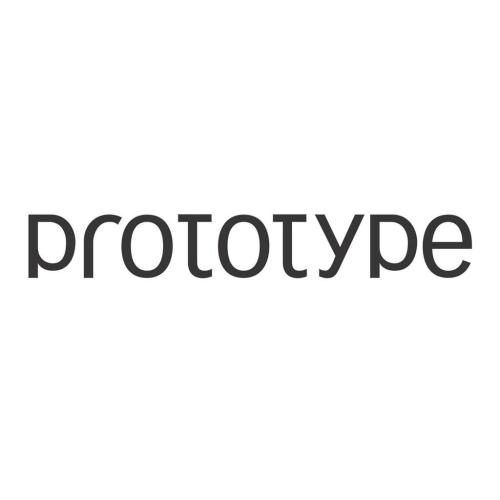Stereoscopic projection mapping (PM) allows a user to see a three-dimensional (3D) computer-generated (CG) object floating over physical surfaces of arbitrary shapes around us using projected imagery. However, the current stereoscopic PM technology only satisfies binocular cues and is not capable of providing correct focus cues, which causes a vergence--accommodation conflict (VAC). Therefore, we propose a multifocal approach to mitigate VAC in stereoscopic PM. Our primary technical contribution is to attach electrically focus-tunable lenses (ETLs) to active shutter glasses to control both vergence and accommodation. Specifically, we apply fast and periodical focal sweeps to the ETLs, which causes the "virtual image'" (as an optical term) of a scene observed through the ETLs to move back and forth during each sweep period. A 3D CG object is projected from a synchronized high-speed projector only when the virtual image of the projected imagery is located at a desired distance. This provides an observer with the correct focus cues required. In this study, we solve three technical issues that are unique to stereoscopic PM: (1) The 3D CG object is displayed on non-planar and even moving surfaces; (2) the physical surfaces need to be shown without the focus modulation; (3) the shutter glasses additionally need to be synchronized with the ETLs and the projector. We also develop a novel compensation technique to deal with the "lens breathing" artifact that varies the retinal size of the virtual image through focal length modulation. Further, using a proof-of-concept prototype, we demonstrate that our technique can present the virtual image of a target 3D CG object at the correct depth. Finally, we validate the advantage provided by our technique by comparing it with conventional stereoscopic PM using a user study on a depth-matching task.
翻译:Stereoscopic 投影映像( PM) 使用户能够看到一个三维( 3D) 计算机生成( CG) 的物体, 漂浮在我们周围任意形状的物理表面上。 然而, 目前立体 PM 技术只满足望远镜的提示, 无法提供正确的焦点提示, 导致悬浮- 住宿冲突 。 因此, 我们提出一个多功能方法, 在立体镜中减轻 VAC 。 我们的主要技术贡献是, 将电子聚焦的虚拟透视镜( ETLs) 附加在活跃的透视镜D 上, 以控制近距离和住宿。 具体地说, 我们用快速和定期的焦点扫瞄对 ETL, 导致在ETL 中观测到的场景色“ 虚拟图像” ( 光学术语), 在每个扫描期间, 我们用超时, 3D CG 对象通过一个同步的高速投影仪, 只能通过一个更近的图像在预测的距离上投影。 这为观察员提供了正确的焦点, 甚至要标。 。 在本次研究中, 显示CMMD 3 直径中, 我们用的是, 我们用不到的直观的平面的图像, 我们用的是, 显示的直观的直径, 显示的直方的直观的直观的图像需要显示的直观, 。





